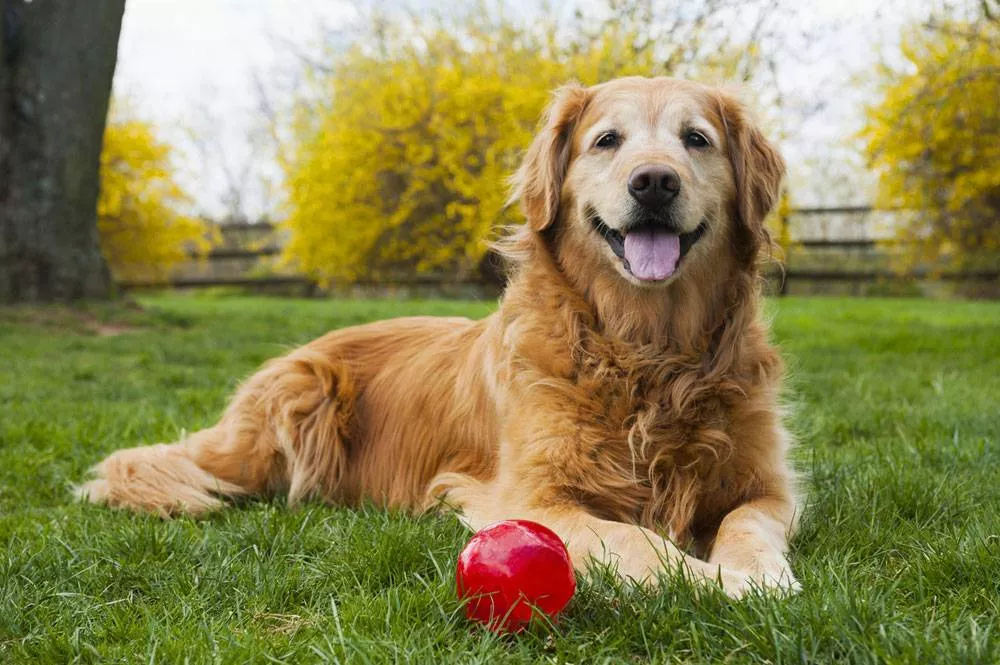
As much as we love our furry four-legged friends, sometimes they can have a not-so-friendly side. Aggression in dogs is a common issue that many pet owners face, and it can be especially troubling when directed toward familiar people. As responsible pet owners, it’s important for us to understand the root causes of this behavior and how to effectively manage it. In this article, we will dive into the world of canine aggression towards loved ones and provide some helpful tips on how to handle and train your dog towards a more peaceful demeanor.
Canine Conundrum: Understanding Aggression in Dogs Toward Loved Ones
Dogs are generally known for their loving and loyal nature, so it can be puzzling and concerning when they display aggression towards people they know and trust. But before we jump to conclusions or label them as “bad” dogs, it’s crucial to understand that there are various reasons why a dog may exhibit aggressive behavior. One common cause is fear or anxiety, which can be triggered by past traumatic experiences or a lack of proper socialization. Another reason could be resource guarding, where a dog becomes possessive over food, toys, or even their owners. Identifying the root cause of aggression is the first step toward effectively managing and correcting the behavior.
Unleashing the Truth: Exploring the Causes of Dog Aggression Toward Familiar People
While some dogs may have a genetic predisposition to aggression, their environment and upbringing play a significant role in shaping their behavior. A lack of proper socialization, inadequate training, and inconsistent discipline can all contribute to a dog’s aggressive tendencies. Additionally, certain medical conditions, such as pain or hormonal imbalances, can also manifest as aggression. It’s essential to rule out any underlying health issues before assuming that your dog is behaving aggressively solely because of their personality.
Fur-ocious Foes: How to Handle Aggressive Behavior from Your Own Dog
As much as we may want to punish our dogs for their aggressive behavior, it’s important to note that physical or verbal punishment will only make the situation worse. Instead, it’s crucial to remain calm and assertive when dealing with an aggressive dog. Remove them from the situation and provide a safe and quiet space for them to calm down. It’s also essential to consult a professional dog trainer or behaviorist to help you understand your dog’s aggression and develop a customized training plan. Avoiding triggers and gradually exposing your dog to positive experiences can also help reduce their aggressive tendencies over time.
Barking Up the Wrong Tree: Common Myths About Aggression in Dogs
There are many misconceptions surrounding dog aggression, which can lead to ineffective or harmful solutions. One common myth is that certain breeds are inherently aggressive, which is not entirely true. While some breeds may have a tendency towards aggression, it’s essential to remember that a dog’s behavior is heavily influenced by their environment and upbringing. Another myth is that aggressive dogs are beyond help and cannot be trained. With proper guidance and training, most dogs can learn to manage their aggressive tendencies and become well-mannered members of the family.
From Woof to Worry: Recognizing Warning Signs of Aggression in Your Pet

It’s crucial to recognize the warning signs of aggression in your pet to address the issue before it escalates. Growling, snarling, biting, and lunging are all clear indications of aggressive behavior. However, some subtler signs can also signal potential aggression, such as stiff body language, raised hackles, and intense staring. It’s essential to be vigilant and address these warning signs as soon as possible to prevent any harm or injury to your loved ones or other animals.
Training for Tranquility: Tips to Help Your Dog Overcome Aggression Toward Family and Friends
With proper training and patience, most dogs can overcome their aggressive tendencies towards familiar people. Consistency, positive reinforcement, and patience are key when it comes to training an aggressive dog. Start with basic obedience training and gradually introduce your dog to different people in a controlled and positive environment. Reward them for calm and friendly behavior, and avoid punishing them for any aggressive outbursts. Seeking professional help and guidance can also be beneficial in training your dog to become a well-behaved and non-aggressive pet.
Having an aggressive dog toward loved ones can be a challenging and stressful experience, but it’s essential to remain patient and understanding. With proper training and guidance, most dogs can overcome their aggressive tendencies and become loving and well-behaved pets. Remember to always seek professional help and be consistent and patient in your training efforts. With dedication and love, you’ll be able to turn your furry foe into your best friend.